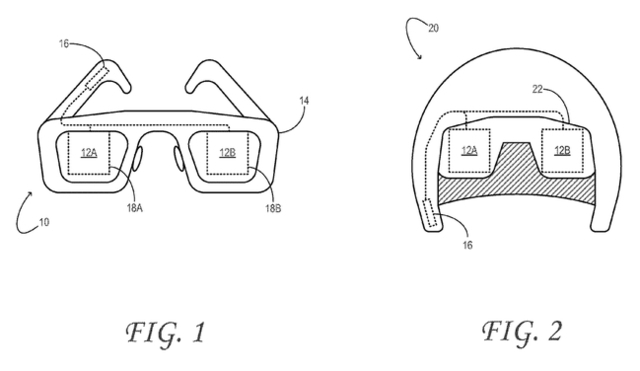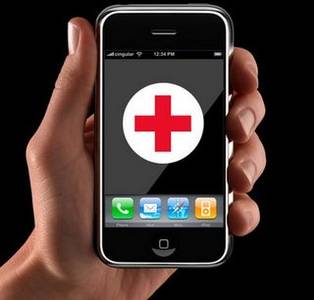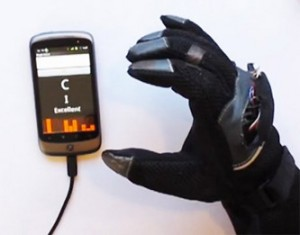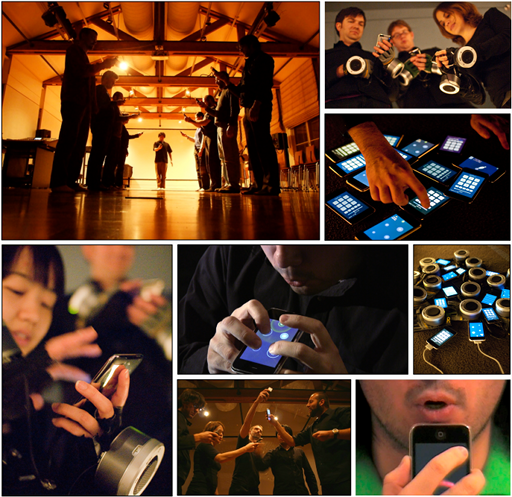
Gartner has identified the top 10 consumer mobile applications for 2012. The list is based on the impact on consumers and industry players, considering revenue, loyalty, business model, consumer value and estimated market penetration.
The top ten in 2012 will include:
No. 1: Money Transfer
This service allows people to send money to others using Short Message Service (SMS). Its lower costs, faster speed and convenience compared with traditional transfer services have strong appeal to users in developing markets, and most services signed up several million users within their first year. However, challenges do exist in both regulatory and operational risks. Because of the fast growth of mobile money transfer, regulators in many markets are piling in to investigate the impact on consumer costs, security, fraud and money laundering. On the operational side, market conditions vary, as do the local resources of service providers, so providers need different market strategies when entering a new territory.
No. 2: Location-Based Services
Location-based services (LBS) form part of context-aware services, a service that Gartner expects will be one of the most disruptive in the next few years. Gartner predicts that the LBS user base will grow globally from 96 million in 2009 to more than 526 million in 2012. LBS is ranked No. 2 in Gartner’s top 10 because of its perceived high user value and its influence on user loyalty. Its high user value is the result of its ability to meet a range of needs, ranging from productivity and goal fulfillment to social networking and entertainment.
No. 3: Mobile Search
The ultimate purpose of mobile search is to drive sales and marketing opportunities on the mobile phone. To achieve this, the industry first needs to improve the user experience of mobile search so that people will come back again. Mobile search is ranked No. 3 because of its high impact on technology innovation and industry revenue. Consumers will stay loyal to some search services, but instead of sticking to one or two search providers on the Internet, Gartner expects loyalty on the mobile phone to be shared between a few search providers that have unique technologies for mobile search.
No. 4: Mobile Browsing
Mobile browsing is a widely available technology present on more than 60 percent of handsets shipped in 2009, a percentage Gartner expects to rise to approximately 80 percent in 2013. Gartner has ranked mobile browsing No. 4 because of its broad appeal to all businesses. Mobile Web systems have the potential to offer a good return on investment. They involve much lower development costs than native code, reuse many existing skills and tools, and can be agile — both delivered and updated quickly. Therefore, the mobile Web will be a key part of most corporate business-to-consumer (B2C) mobile strategies.
No. 5: Mobile Health Monitoring
Mobile health monitoring is the use of IT and mobile telecommunications to monitor patients remotely, and could help governments, care delivery organizations (CDOs) and healthcare payers reduce costs related to chronic diseases and improve the quality of life of their patients. In developing markets, the mobility aspect is key as mobile network coverage is superior to fixed network in the majority of developing countries. Currently, mobile health monitoring is at an early stage of market maturity and implementation, and project rollouts have so far been limited to pilot projects. In the future, the industry will be able to monetize the service by offering mobile healthcare monitoring products, services and solutions to CDOs.
No. 6: Mobile Payment
Mobile payment usually serves three purposes. First, it is a way of making payment when few alternatives are available. Second, it is an extension of online payment for easy access and convenience. Third, it is an additional factor of authentication for enhanced security. Mobile payment made Gartner’s top 10 list because of the number of parties it affects — including mobile carriers, banks, merchants, device vendors, regulators and consumers — and the rising interest from both developing and developed markets. Because of the many choices of technologies and business models, as well as regulatory requirements and local conditions, mobile payment will be a highly fragmented market. There will not be standard practices of deployment, so parties will need to find a working solution on a case-by-case basis.
No. 7: Near Field Communication Services
Near field communication (NFC) allows contactless data transfer between compatible devices by placing them close to each other, within ten centimeters. The technology can be used, for example, for retail purchases, transportation, personal identification and loyalty cards. NFC is ranked No. 7 in Gartner’s top ten because it can increase user loyalty for all service providers, and it will have a big impact on carriers' business models. However, its biggest challenge is reaching business agreement between mobile carriers and service providers, such as banks and transportation companies. Gartner expects to see large-scale deployments starting from late 2010, when NFC phones are likely to ship in volume, with Asia leading deployments followed by Europe and North America.
No. 8: Mobile Advertising
Mobile advertising in all regions is continuing to grow through the economic downturn, driven by interest from advertisers in this new opportunity and by the increased use of smartphones and the wireless Internet. Total spending on mobile advertising in 2008 was $530.2 million, which Gartner expects to will grow to $7.5 billion in 2012. Mobile advertising makes the top 10 list because it will be an important way to monetize content on the mobile Internet, offering free applications and services to end users. The mobile channel will be used as part of larger advertising campaigns in various media, including TV, radio, print and outdoors.
No. 9: Mobile Instant Messaging
Price and usability problems have historically held back adoption of mobile instant messaging (IM), while commercial barriers and uncertain business models have precluded widespread carrier deployment and promotion. Mobile IM is on Gartner’s top 10 list because of latent user demand and market conditions that are conducive to its future adoption. It has a particular appeal to users in developing markets that may rely on mobile phones as their only connectivity device. Mobile IM presents an opportunity for mobile advertising and social networking, which have been built into some of the more advanced mobile IM clients.
No. 10: Mobile Music
Mobile music so far has been disappointing — except for ring tones and ring-back tones, which have turned into a multibillion-dollar service. On the other hand, it is unfair to dismiss the value of mobile music, as consumers want music on their phones and to carry it around. We see efforts by various players in coming up with innovative models, such as device or service bundles, to address pricing and usability issues. iTunes makes people pay for music, which shows that a superior user experience does make a difference.



















